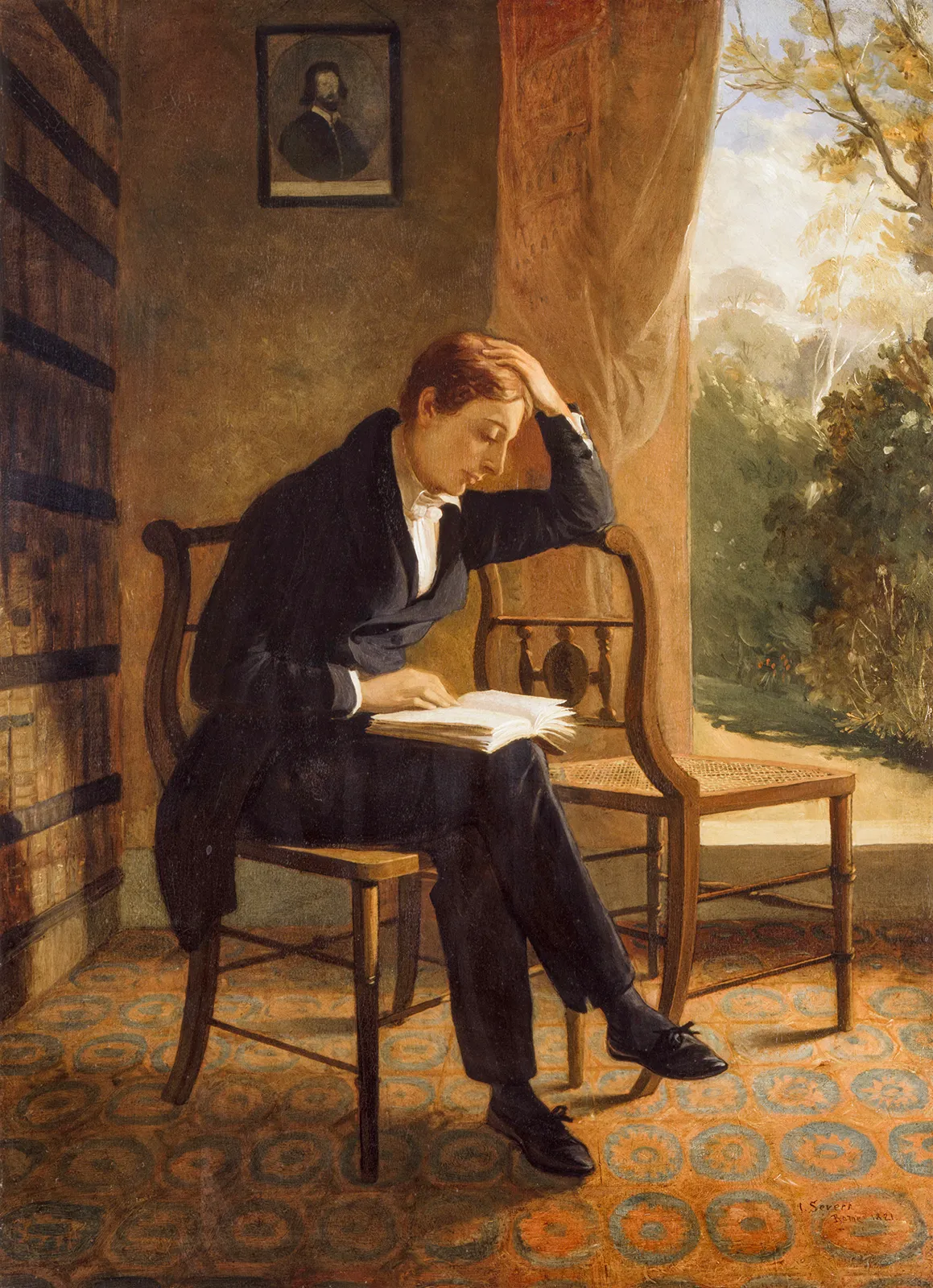Have you heard Romantic Death? Death is a strange and unavoidable part of life that has always interested artists. A group of artists called the Romanticists liked to paint mysterious scenes, and death was one of their favorite things to paint about. As part of this study, we look at Romantic images that show death as a sublime and even beautiful thing.
Romantic Views on Death: Drawing What Can’t Be Seen

Death is hard to show in art because it stands for the unknown and often makes people scared. The Romantics, on the other hand, took this task head-on and used painting to give the mystery of death a physical form. In contrast to previous beliefs, they saw death not as something ugly or scary, but as a poetic expression of deep feelings.
How Romantic Death Elevate and Idealize
In Romantic art, death was often shown as calming and freeing. In Pierre-Auguste Vafflard’s “Young and His Daughter,” death is portrayed in a perfect way; the daughter who has died looks peaceful and beautiful, like an old statue. The goal of this contradictory image was to show that death is not a scary end, but a peaceful change.
Romantic Death: An Ode to Life and Death in Romantic Art
Life and death are shown in stark contrast in Girodet’s “The Burial of Atala,” where the dead Atala seems more alive than the characters who reflect life. Even though there was a dark theme, Romantics didn’t see death as a bad thing. Instead, they saw it as a release and an honor. This point of view is also shown in Antoine-Jean Gros’s “Sappho at Leucate,” where death is seen as a way to get rid of problems in this world.
The Religious Expression of a Beyond That Is Beyond This World
Romantic paintings often had sacred themes that emphasized how death is beyond this world. In “The Burial of Atala,” biblical verses and signs from God connect death to a greater spiritual world. In the same way, John Everett Millais’s “Ophelia” uses nature to show that there is life after death, which is in line with the art idea that God is present in all things.
Romantic Death: paintings and books that talk about death
This art can be found in more than just art and books. In “The Death of Chatterton,” Henry Wallis shows the tragic hero, who is the idea of a character who is tormented and sad. Atala, Sappho, and Ophelia were literary characters who painted by Romantic artists. This brought art and literature together.
How Romantic Artists Show Love and Death (Eros and Thanatos)
Death and love linked in the Romantic world, which is an interesting paradox. The paintings show love going to death. They were influenced by Freud’s ideas of Eros (love) and Thanatos (death). In Romantic literature, death is seen as an option to a life of pain. Like when Edward Young burying his daughter or Sappho choosing it over love that isn’t returned.
The End: A Poetic Acceptance of Death
Romantics saw death not as a scary end, but as a poetic and beautiful path. Because their works were so full of meaning and feeling, they paved the way for artists to explore death. That said, Dark Romanticism would later question this style, but the Romanticists forever changed how we think about and show death in art.



